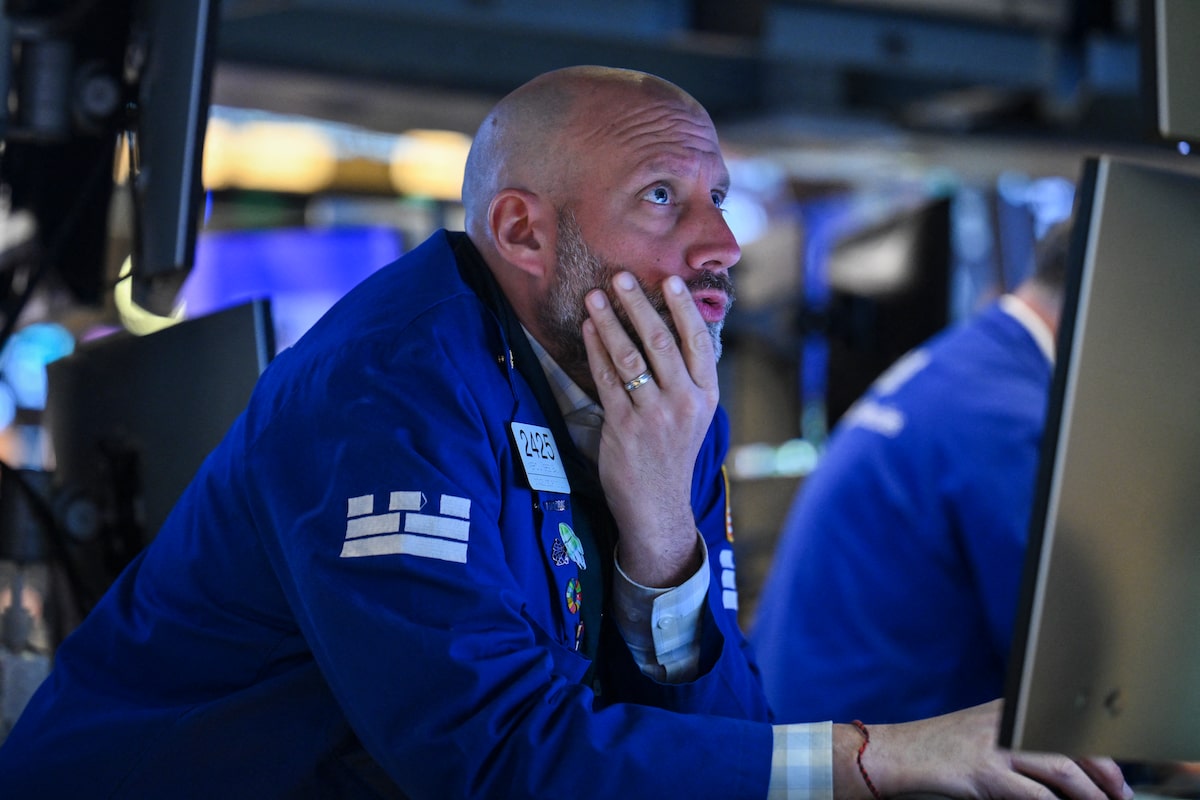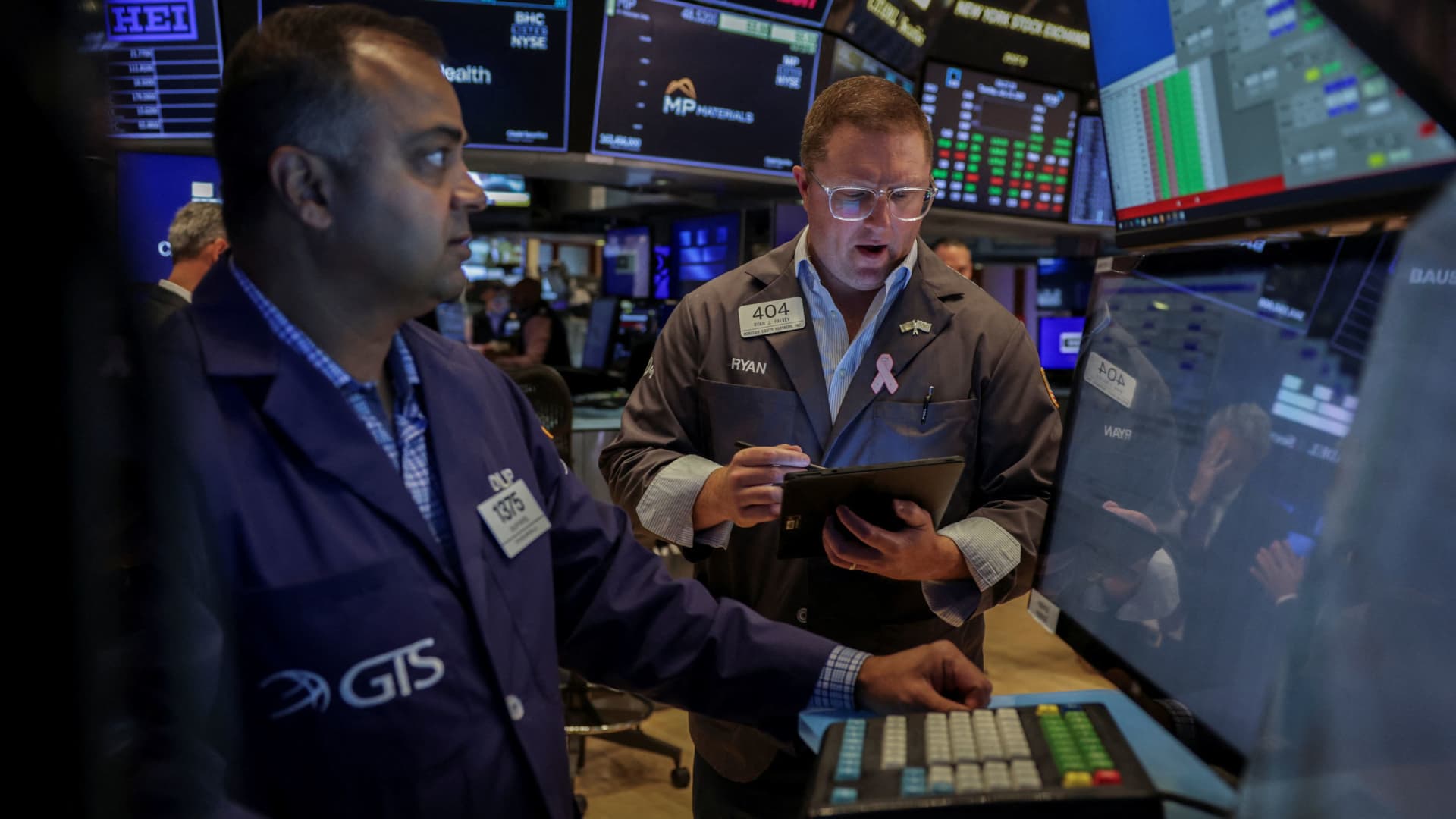U.S. stock index futures rebounded on Tuesday following a fall in equities in the previous session, when President Donald Trump’s escalating criticism of Federal Reserve Chair Jerome Powell rattled investors.
All three major indexes ended Monday’s session more than 2% lower after Trump redoubled his attacks against Powell for not cutting interest rates, sparking concern about the central bank’s autonomy and the future monetary policy path.
The mood remained fragile as investors awaited Trump’s next steps vis-à-vis Powell. Clarity on U.S. tariff policy and the outcome of negotiations with individual countries on reciprocal levies are also in focus.
Meanwhile, Trump’s legal ability to fire the Fed chair remains unclear.
Investors have exited U.S. assets over the last week even as other safe-haven holdings, most notably gold, have surged. However the dollar and U.S. equities have slid while Treasury yields – which move inversely to prices – have risen.
“The market is pricing in a political risk premium for U.S. assets,” said Kathleen Brooks, research director at XTB.
Those moves are “causing existential angst among investors, which is inevitably weighing on equities and risk sentiment, with U.S. stocks in the firing line.”
Investors will focus on a slew of corporate results that are due through the week for indications on how companies are navigating the uncertainty caused by tariffs and their expectations for a hit to future earnings.
Verizon fell 3.6% after posting a higher quarterly subscriber loss, while Northrop Grumman slumped 8.7% after its quarterly results.
Tesla, which will kick off earnings for the “Magnificent Seven” group of megacap stocks after markets close, rose 0.8% in premarket trading.
Josh Gilbert, market analyst at eToro, said investors are looking for clarity on the impact of auto tariffs, Tesla top boss Elon Musk’s advisory role in the Trump administration as well as the rollout of cheaper EVs.
“Musk needs to deliver some magic and step up to the plate… these three areas will be huge in Tesla’s 2025 comeback or continued struggle.”
At 06:56 a.m. ET, Dow E-minis were up 298 points, or 0.78%, S&P 500 E-minis were up 46.5 points, or 0.90%, and Nasdaq 100 E-minis were up 166.5 points, or 0.93%
Megacap tech stocks, among the hardest hit by Monday’s selloff, also recovered. Nvidia added 1.2%, Amazon.com was up 1.1% and Apple gained 1%.
First Solar gained 7.1% after U.S. trade officials finalized steep tariff levels on most solar cells from South Asia.
Indexes have fallen sharply this year as Trump’s erratic trade policies rattled markets, with the S&P 500 16% below its February 19 record closing high.
A close 20% below that mark would confirm that the index has entered a bear market. The Nasdaq Composite confirmed it was in a bear market earlier this month.
Commentary from five Fed speakers including Vice Chair Philip Jefferson is expected through the day. Their remarks are likely to be closely watched for clues on the central bank’s policy outlook and views on rising tensions with the White House.
In Europe at midday, France’s CAC 40 and German’s DAX each declined 0.7%, while Britain’s FTSE 100 was mostly unchanged.
Trading was cautious in Asia, where the benchmark Nikkei 225 lost 0.2% to finish at 34,220.60. Australia’s S&P/ASX 200 was virtually unchanged, inching down less than 0.1% to 7,816.70. South Korea’s Kospi lost nearly 0.1% to 2,486.64. Hong Kong’s Hang Seng added nearly 0.8% to 21,562.32, while the Shanghai Composite added 0.3% to 3,299.76.
Trump’s tariffs and the retaliatory measures from China hang as a shadow over the region.
“Across Asia, there is undoubtedly a sense of urgency to get to the negotiation table even as striking a deal at an appropriate cost can be tough,” said Tan Boon Heng, at Mizuho Bank’s Asia & Oceania Treasury Department.
“China’s warning to countries not to resolve U.S. tariffs by striking deals at the expense of Beijing’s interests reveals the geo-economic polarization.”
In energy trading, benchmark U.S. crude gained 93 cents to $63.34 a barrel. Brent crude, the international standard, rose 88 cents to $67.14 a barrel.
Reuters and The Associated Press


